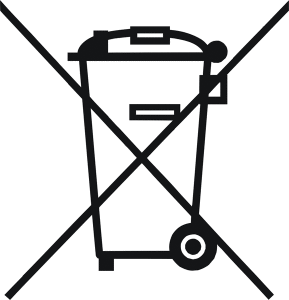RECLAIM Solar PV Recycling
Remedia: solar (PV) recycling scheme
WEEE Directive: handling solar PV waste
PV Cycle: body and recycling certification
 WEEE Logo[/caption]The directive became European Law in January 2003 and has been requiring manufacturers to establish and organize infrastructure to collect their waste electronic equipment free of charge for private households and recycle or dispose it in an ecological manner.Following slow and only gradual implementation and also addressing new market and technology conditions, the WEEE Directive has been amended in 2008 and 2012 with 2012/19/EU being the latest Directive edition. This EU WEEE Directive, published in July 2012, required all 28 EU Member States (EU-28) to implement it into national law by February 2014.By the end of 2014, the majority of the EU-28 and also European Free Trade Association (EFTA) countries has converted the amended WEEE Directive (2012/19/EU) into national law, however some countries have still not concluded that process. Nevertheless, the Directive is valid and applies to all EU-28.Even though with general provisions outlined in the Directive, due to diverging interpretations of the WEEE Directive by each Member State, the requirement details of waste collection, recycling and disposal vary all over the EU-28, thus posing enormous operational challenges to businesses.
WEEE Logo[/caption]The directive became European Law in January 2003 and has been requiring manufacturers to establish and organize infrastructure to collect their waste electronic equipment free of charge for private households and recycle or dispose it in an ecological manner.Following slow and only gradual implementation and also addressing new market and technology conditions, the WEEE Directive has been amended in 2008 and 2012 with 2012/19/EU being the latest Directive edition. This EU WEEE Directive, published in July 2012, required all 28 EU Member States (EU-28) to implement it into national law by February 2014.By the end of 2014, the majority of the EU-28 and also European Free Trade Association (EFTA) countries has converted the amended WEEE Directive (2012/19/EU) into national law, however some countries have still not concluded that process. Nevertheless, the Directive is valid and applies to all EU-28.Even though with general provisions outlined in the Directive, due to diverging interpretations of the WEEE Directive by each Member State, the requirement details of waste collection, recycling and disposal vary all over the EU-28, thus posing enormous operational challenges to businesses.
Joseph Aziz
on 21 May 2021We've
on 10 Apr 2012There's
on 10 Apr 2012